Biden Releases AI Executive Order for Developing Safety Guidelines
President Biden has issued an executive order directing federal agencies to develop safety guidelines for artificial intelligence (AI). The order builds on previous non-binding agreements made by the White House and aims to set new standards for AI safety and security. It also seeks to protect Americans’ privacy, promote equity and civil rights, and stand up for consumers and workers.
The executive order requires agencies to establish risk management processes for AI systems that are used in government operations. It also mandates that companies developing foundation AI models notify the government if they plan to sell them to federal agencies. In addition, the order requires agencies to conduct safety and security assessments of AI systems and to develop plans for addressing any identified risks.
Overall, the executive order is a significant step in the government’s efforts to regulate AI and ensure its responsible development and use. It reflects growing concerns about the potential risks of AI and the need to establish clear guidelines for its use in various sectors. The order is expected to have far-reaching implications for businesses, researchers, and policymakers involved in the development and deployment of AI systems.
Biden’s AI Executive Order: An Overview
On October 30, 2023, President Biden issued an executive order on Safe, Secure, and Reliable Artificial Intelligence (AI). The executive order establishes new standards for AI safety and security, protects Americans’ privacy, advances equity and civil rights, stands up for consumers and workers, promotes innovation, and ensures that AI is used in a manner consistent with American values and interests.
The executive order has eight goals, which include creating new standards for AI safety and security, protecting privacy, advancing equity and civil rights, standing up for consumers, patients, and students, supporting the development of trustworthy AI systems, and promoting international cooperation on AI. The order also establishes a National AI Advisory Committee to advise the President and other federal agencies on AI-related matters.
The executive order requires federal agencies to develop AI safety guidelines and to ensure that AI systems are transparent, explainable, and accountable. It also directs federal agencies to prioritize the use of AI in areas such as healthcare, education, transportation, and public safety.
The executive order is the most ambitious attempt by the US government to spur innovation and address concerns about the impact of AI on society. It reflects the Biden administration’s commitment to ensuring that AI is developed and used in a manner that benefits all Americans and is consistent with American values and interests.
The Need for AI Safety Guidelines
As artificial intelligence (AI) continues to advance and become more integrated into our daily lives, it becomes increasingly important to ensure that it is developed and used safely and ethically. AI has the potential to bring about significant benefits, but it also has the potential to cause harm if not properly regulated.
The Biden administration recognizes this need and has released an executive order directing federal agencies to develop AI safety guidelines. These guidelines will help to ensure that AI is developed and used in a way that is safe, transparent, and accountable.
One of the key reasons for the need for AI safety guidelines is the potential for bias in AI systems. AI systems are only as unbiased as the data they are trained on, and if this data is biased, then the AI system will also be biased. This can lead to unfair and discriminatory outcomes, particularly for marginalized groups.
Another reason for the need for AI safety guidelines is the potential for AI systems to make decisions that are harmful to individuals or society as a whole. For example, an AI system used in healthcare could make a decision that results in harm to a patient, or an autonomous vehicle could make a decision that results in an accident.
Overall, the need for AI safety guidelines is clear. By developing these guidelines, the Biden administration is taking an important step towards ensuring that AI is developed and used in a way that benefits everyone.
Key Provisions in the Executive Order
On October 30, 2023, President Biden signed an executive order directing federal agencies to develop safety guidelines for Artificial Intelligence (AI). The order has eight goals, including creating new standards for AI safety and security, protecting privacy, advancing equity and civil rights, standing up for consumers, patients, and students, supporting research and development, and promoting international cooperation.
The order requires federal agencies to identify and assess the risks of AI systems and to develop safety guidelines for their design, development, deployment, and use. The guidelines should address issues such as transparency, explainability, fairness, accountability, and robustness. The order also requires agencies to develop plans for testing and evaluating AI systems to ensure their safety and effectiveness.
The order establishes a national AI safety council, composed of experts from government, industry, academia, and civil society, to advise federal agencies on AI safety issues. The council will also develop best practices and standards for AI safety and security.
The order requires federal agencies to prioritize the development of AI systems that are safe, secure, and trustworthy, and that promote the public interest. The order also encourages agencies to use AI to improve the efficiency and effectiveness of their operations and services, while ensuring that AI systems do not harm or discriminate against individuals or groups.
The order directs federal agencies to promote international cooperation on AI safety and security, including through the development of common standards and best practices. The order also directs agencies to work with international partners to address the global challenges posed by AI, such as the impact of AI on employment, privacy, and national security.
Overall, the executive order is a significant step towards ensuring the safe and responsible development and deployment of AI systems in the United States. It reflects the Biden administration’s commitment to promoting innovation while protecting the public interest and upholding democratic values.
Implications for the AI Industry
President Biden’s executive order on AI will have significant implications for the AI industry. The order directs federal agencies to develop safety guidelines for AI systems, which will help to ensure that AI is developed and used in a responsible way.
One of the main implications of the executive order is that AI systems will need to be tested for safety and security before they are deployed. This will help to prevent potential harm to individuals and society as a whole. The order also calls for the development of new standards for AI safety and security, which will help to ensure that AI systems are developed in a way that protects privacy, advances equity and civil rights, and supports consumers, patients, and students.
Another important implication of the executive order is that it will require tech companies to make sure that their AI products are safe. This means that companies will need to take steps to ensure that their AI systems are not biased or discriminatory, and that they do not pose a risk to individuals or society.
Overall, the executive order on AI is an important step towards ensuring that AI is developed and used in a responsible way. It will help to protect individuals and society from potential harm, while also promoting innovation and growth in the AI industry.
Implications for Public Safety
President Biden’s new executive order on AI safety and security has significant implications for public safety. The order directs federal agencies to develop guidelines and regulations for AI systems that pose potential risks to public safety. This includes AI systems used in transportation, healthcare, and other critical infrastructure.
One of the key provisions of the executive order is the requirement for companies developing AI models to notify federal agencies of any potential safety risks. This will help to ensure that AI systems are thoroughly tested and evaluated before they are deployed in critical applications.
The executive order also includes provisions to protect the privacy and civil rights of Americans. This is particularly important in the context of AI systems, which have the potential to collect and analyze vast amounts of personal data. The order establishes new standards for AI safety and security, which will help to ensure that AI systems are designed and deployed in a way that protects the privacy and civil rights of all Americans.
Overall, the executive order represents an important step forward in the development of AI systems that are safe, secure, and beneficial to society. By establishing new standards for AI safety and security, protecting privacy and civil rights, and promoting equity and fairness, the order will help to ensure that AI systems are developed and deployed in a way that benefits all Americans.
Potential Challenges and Controversies
While the Biden administration’s AI executive order aims to develop safety guidelines for AI, there are potential challenges and controversies that may arise. One of the main concerns is the potential for bias in AI systems. Even with the directive to root out bias, it may be difficult to completely eliminate it from AI systems.
Another challenge is ensuring that the AI systems are safe and secure. With the increasing use of AI in various industries, there is a risk of cyber attacks and data breaches. It is important to establish new standards for AI safety and security to protect privacy and prevent potential harm to individuals.
There may also be controversies surrounding the development of AI systems that advance equity and civil rights. While it is important to ensure that AI systems do not perpetuate discrimination, some may argue that certain measures to achieve equity may be unfair to certain groups.
In addition, there may be concerns about the impact of AI on the job market. As AI systems become more advanced, there is a risk of job displacement, particularly for low-skilled workers. It is important to consider the potential consequences of AI on employment and take measures to mitigate any negative effects.
Overall, while the executive order is a step towards developing safety guidelines for AI, it is important to address these potential challenges and controversies to ensure that AI is developed and used responsibly.
Conclusion
The executive order signed by President Biden is a significant step towards establishing standards for AI safety and security. The orders’ eight goals: to create new standards for AI safety and security, protect privacy, advance equity and civil rights, stand up for consumers, patients, and students, support research and development, promote international cooperation, and prepare the American workforce for the future.
The order requires agencies to develop safety guidelines for AI systems that are used in critical sectors such as healthcare, transportation, and national security. Companies developing foundational AI models must also notify the government of any safety concerns. The order also requires tech firms to share AI safety test results with the US government.
Overall, the executive order is a positive step towards ensuring that AI is developed and deployed in a safe and ethical manner. However, there is still much work to be done to address the potential risks associated with AI, such as bias and discrimination. It will be important for policymakers, industry leaders, and other stakeholders to work together to develop comprehensive guidelines and regulations to ensure that AI is used for the benefit of society as a whole.

